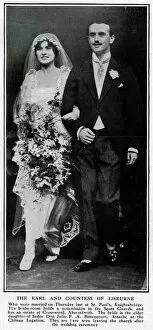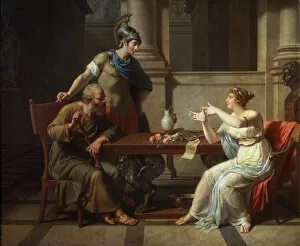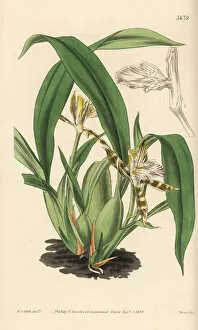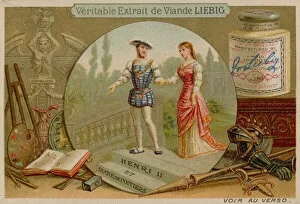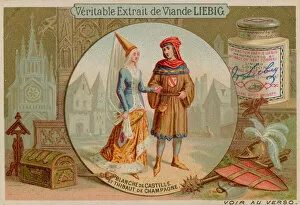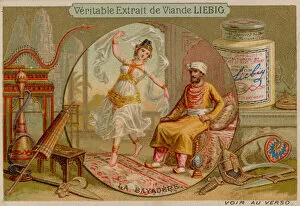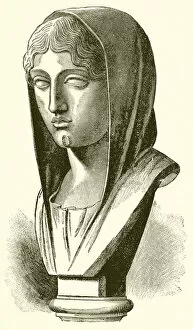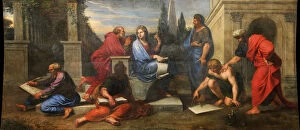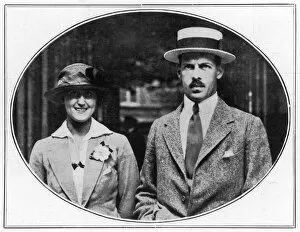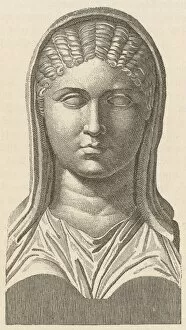Aspasia Collection
Aspasia: A Woman of Influence and Beauty In the realm of ancient Greece
All Professionally Made to Order for Quick Shipping
Aspasia: A Woman of Influence and Beauty In the realm of ancient Greece, Aspasia's name resonates through time as a woman who defied societal norms and left an indelible mark on history. Known for her intelligence, charm, and captivating allure, she was not merely a beautiful face but a force to be reckoned with. One notable event in Aspasia's life was the marriage between the Earl and Countess of Lisburne. While this union may seem unrelated to her story at first glance, it is said that their love mirrored the deep connection shared by Aspasia and Pericles – two souls intertwined in both intellect and passion. The painting "Socrates and Alcibiades at Aspasia" by Nicolas Andre Monsiau captures a moment frozen in time. It depicts Socrates seeking wisdom from his beloved mentor while basking in the enchanting presence herself. This portrayal speaks volumes about her influence over great minds. Another artwork titled "Feast of Pericles and Aspasia" showcases their opulent lifestyle filled with lavish banquets where philosophers mingled with poets under their roof. The chromolitho brings to life the grandeur surrounding this power couple as they hosted intellectuals from all walks of life. But it wasn't just men who sought solace within her company; even Queen Cleopatra found inspiration in Aspasia's gracefulness depicted in another stunning chromolitho. The image captures Cleopatra's admiration for this remarkable woman whose reputation transcended borders. Beyond artistry lies nature itself, presenting us with the variegated aspasia orchid - a testament to its namesake's beauty that continues to bloom even today. Just like this delicate flower, Aspasia possessed an elegance that captivated hearts throughout centuries.

